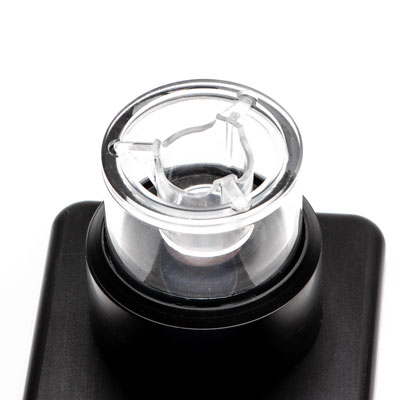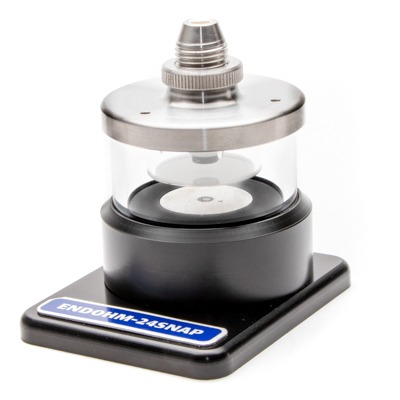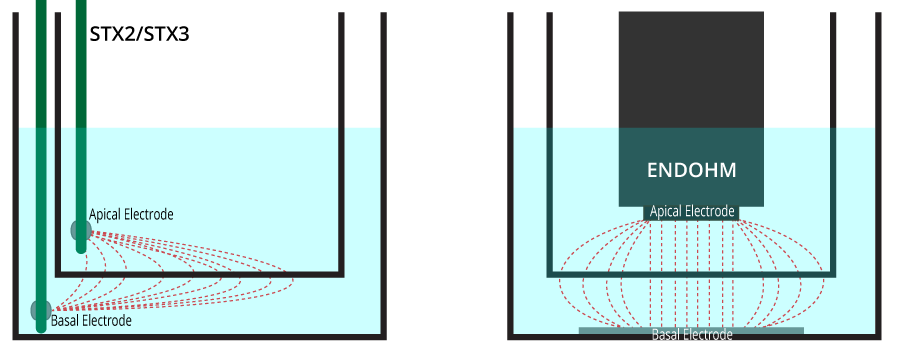
EndOhm Chambers Re-engineered
 EndOhm chambers are designed for making accurate TEER measurement of epithelial and endothelial cell cultures. The design keeps the top and bottom electrodes at a fixed gap and maintains the sample (cell culture insert) in a centered position inside. This design minimizes the variability associated with electrode positioning and gap, making EndOhm chambers more accurate and capable of generating reproducible results. WPI made some recent upgrades to the EndOhm chambers.
EndOhm chambers are designed for making accurate TEER measurement of epithelial and endothelial cell cultures. The design keeps the top and bottom electrodes at a fixed gap and maintains the sample (cell culture insert) in a centered position inside. This design minimizes the variability associated with electrode positioning and gap, making EndOhm chambers more accurate and capable of generating reproducible results. WPI made some recent upgrades to the EndOhm chambers.
- The NEW EndOhm Chamber is made of GLASS, making it easier to clean and more crack resistant.
- The chamber can be cleaned with ethanol, isopropanol, bleach, etc.
- The chambers are still compatible with the original EVOM and EVOM2™ meters.
- The apical electrode height is adjustable. The chamber comes with a spacer disk. (Video)
- The crystal clear glass chamber allows better visualization of apical electrode for accurate sample positioning.
 A new insert holder on the top of the chambers has tri-supports for three leg inserts. This helps keep your cell culture wells in the proper position (centered) when you are making measurements.
A new insert holder on the top of the chambers has tri-supports for three leg inserts. This helps keep your cell culture wells in the proper position (centered) when you are making measurements.- Three sizes cover a range of well cup sizes from a variety of manufacturers.
Make Precise Measurements
Using WPI’s EVOM2™ resistance meter/epithelial volt meter, Endohm chambers provide reproducible resistance measurements of endothelial and epithelial monolayers grown in culture cups or inserts. Transfer cups from their culture wells to the Endohm chamber for measurement rather than using hand-held electrodes. The chamber and the cap each contain a pair of concentric electrodes: a voltage-sensing silver/silver chloride pellet in the center plus an annular current electrode. The height of the top electrode can be adjusted to fit cell culture cups from different manufacturers.

Endohm’s circular disc electrodes, situated above and beneath the membrane, allow a more uniform current density across the membrane than a system using the STX2 electrodes. Compared with other resistance measurement methods, Endohm with EVOM2™ offers a much more convenient and economic solution to monitor the health of cellular monolayers in terms of TEER values. The EndOhm chamber (combined with the EVOM2™) applies an alternating form of current, and the chamber design guides the current, creating a more uniform current density across the sample. The EndOhm and EVOM2™ system can produce reliable read outs, because it eliminates most common errors associated with electrode polarization and membrane capacitance. Endohm together with EVOM2™ offers an accurate and economical system to measure resistance of cellular monolayers.





.png)


.png)

.png)




Request
Catalogue
Chat
Print